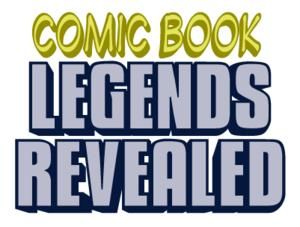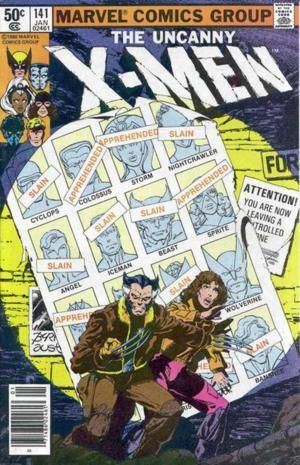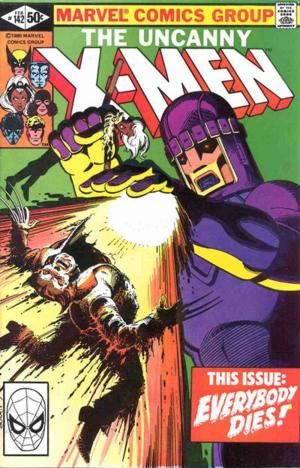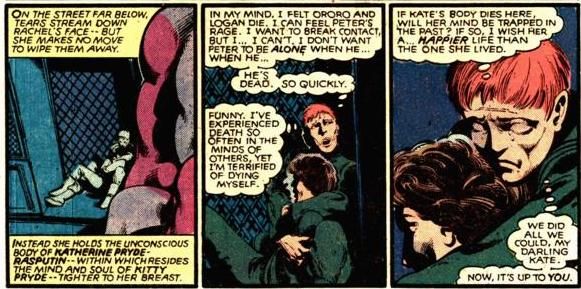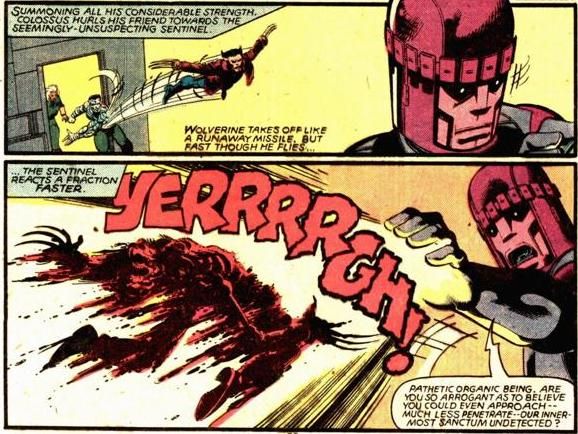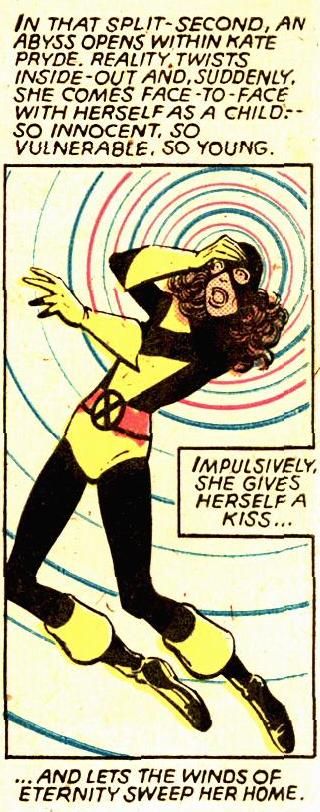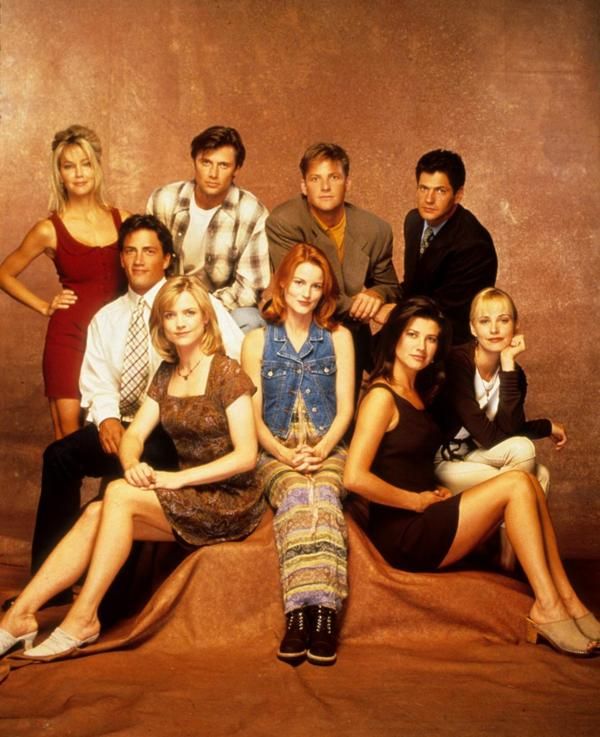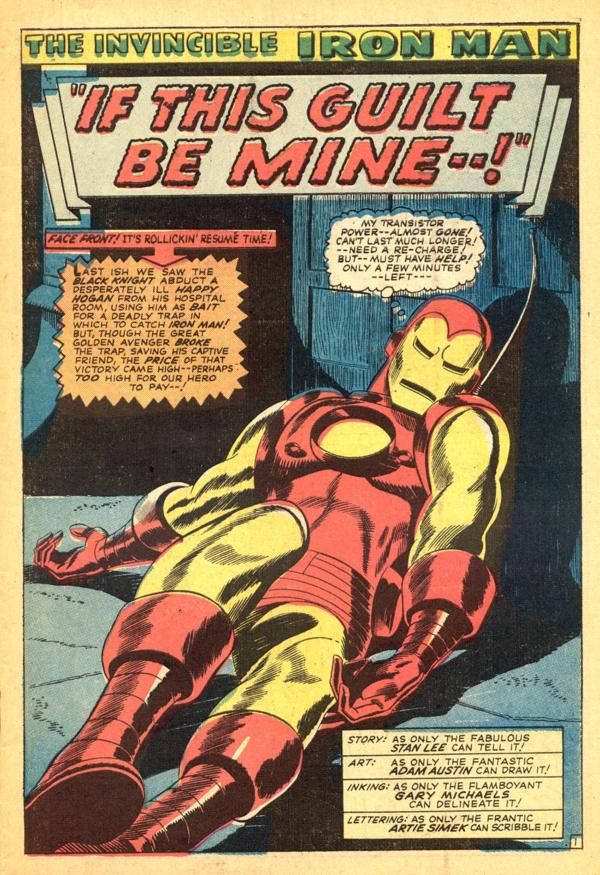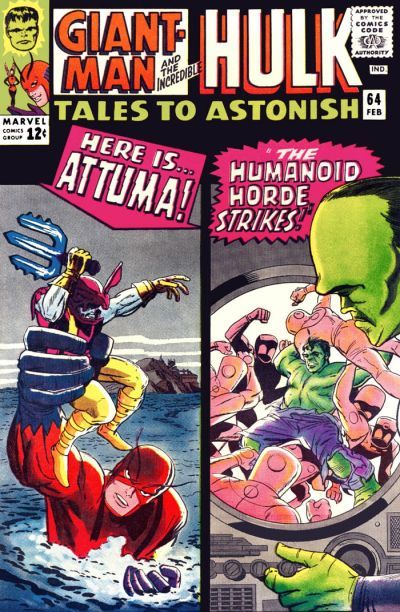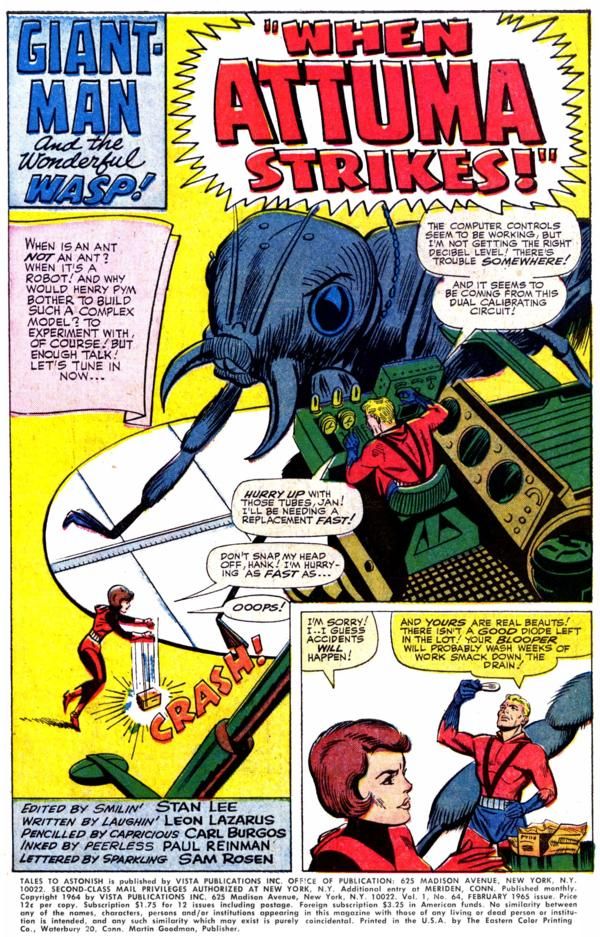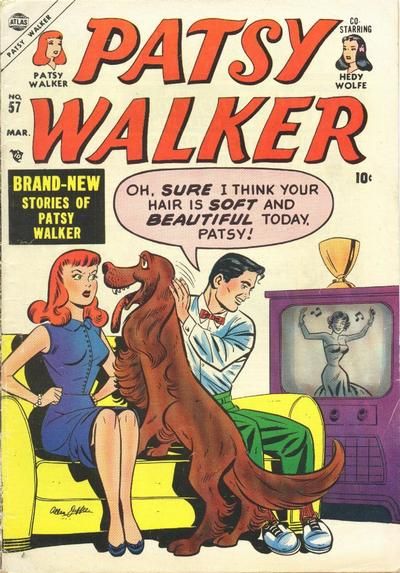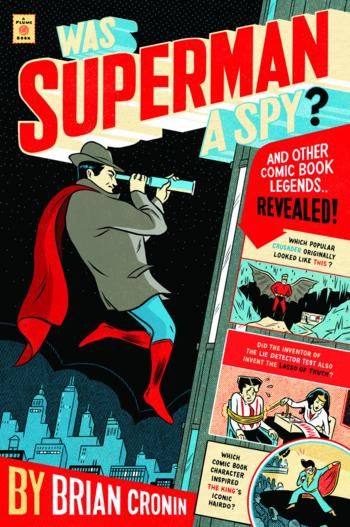Welcome to the two-hundred and thirty-sixth in a series of examinations of comic book legends and whether they are true or false. Click here for an archive of the previous two hundred and thirty-five.
Comic Book Legends Revealed is now part of the larger Legends Revealed series, where I look into legends about the worlds of entertainment and sports, which you can check out here, at legendsrevealed.com. I'd especially recommend you check out this installment of Movie Legends Revealed to read about how Luke Skywalker was not always going to be Darth Vader's son!
Let's begin!
NOTE: The column is on three pages, a page for each legend. There's a little "next" button on the top of the page and the bottom of the page to take you to the next page (and you can navigate between each page by just clicking on the little 1, 2 and 3 on the top and the bottom, as well).
COMIC LEGEND: A significant change occurred between the plotting of Days of Future Past and the publication of Days of Future Past.
STATUS: True
Days of Future Past is one of the most popular storylines of the critically acclaimed X-Men creative team of Chris Claremont and John Byrne, where Claremont would script and co-plot the book and Byrne would co-plot and pencil the book.
The storyline appeared on both of our Top 100 Comic Book Storylines Countdowns.
So it's well remembered by fans.
However, there was a very notable change from the plotting stages to what actually occurred in the published comic.
Reader Bill P. asked me about a rumor he heard that John Byrne did not originally intend for Rachel, the time-traveling character from Days of Future Past, to be the daughter of Scott Summers and Jean Grey.
That's somewhat true, and it gets down to the "problem" of when one person is coming up with the plots of the comic and the other person is actually writing the finished product.
In the case of Days of Future Past, the story was conceived by John Byrne (who, by the late #120s was contributing a great deal of the general plot of the issues). However, Byrne conceived it before the end of the Dark Phoenix Saga. As you might know (if you don't, I discuss it in my book!) by now, the original ending of the Dark Phoenix Saga was that Jean Grey was to be stripped of her mutant powers rather than being killed.
So when Byrne was coming up with the plot of Days of Future Past, Jean Grey was going to be alive in the comic, so Byrne came up with the idea of Rachel, the daughter of Scott and Jean.
Well, once the Dark Phoenix Saga instead ended with Jean's death, it was Byrne's understanding that Rachel would now just be a random mutant in the future, and not the daughter of Scott and Jean since, well, you know, Jean was now dead.
And do note that in the comic itself, Rachel is never identified AS the daughter of Scott and Jean...
So fair enough, his idea actually was followed there.
But sure enough, once Byrne left the book, that is precisely what Claremont did with the character.
A more notable change in the story, though, happened with the very basis of Byrne's idea for the story. As he had gotten more involved in the plotting of the book, he was chafing a bit at the fact that, as the scripter of the title, Claremont would effectively have the "last word" in any disagreement the two had in the comic. They could agree on anything beforehand, but when it came down to actually putting it into the book, Claremont was the one who was going to be writing the actual script. And if the editor did not have a problem with it, then anything Claremont wanted was going to go into the book (this is similar to what would happen to Jack Kirby with some of his plot ideas for Fantastic Four - he would come up with various ideas, but until he saw the actual issue, he did not know if Stan Lee had taken his idea or gone in a different direction with the script).
And that's what happened with the end of the story.
You see, one of the major facets of the story for Byrne was that this was going to be a clean victory for the X-Men. The powerful telepath Rachel would project the older Kitty Pryde's mind into the body of young Kitty Pryde who would prevent the execution of Senator Kelly, thus preventing the terrible future where mutants are hunted and murdered by Sentinels.
Kitty succeeds in doing so in Uncanny X-Men #142.
This is almost certainly why he had the earlier scene in #142 (that is featured on the famous cover) where Wolverine and Storm are murdered in the future - to really highlight the whole "Thank goodness this future will be averted!" deal.
This does not mean that the future would automatically be great for the X-Men, just that this particularly awful future would NOT happen.
And that's what Byrne drew on the climactic fight scene in Uncanny X-Men #142...
But Claremont then added the following in the last panel...
"Lets the winds of eternity sweep her home." (emphasis added)
Her future was not erased!! The main point of Byrne's plot was negated!
Whether it was Claremont's idea or a call from editorial, it was still quite distressing for Byrne, who had already quit the title because of a similar problem a few issues earlier where Claremont's captions altered the intent of Byrne's plot. Byrne drew one more issue of Uncanny X-Men before moving on to his own book, writing/drawing Fantastic Four.
Thanks to Bill for the question and thanks to John Byrne for being so free about his history in the comics business - the information Byrne shares with fans is staggering, and quite informative.
On the next page, did comic book creator Timothy Truman seriously write the theme song to Melrose Place?
COMIC LEGEND: Timothy Truman wrote the theme song to Melrose Place.
STATUS: False
Reader The Crazed Spruce asked the other week:
While we're talking about comics and music, I think I remember reading somewhere (possibly an old issue of Wizard or Heroes Illustrated) that noted modern Western artist Tim Truman (who also happens to be a talented musician) also wrote the theme song for the original Melrose Place. I could easily be remembering it wrong, though.
While we're talking about comics and music, I think I remember reading somewhere (possibly an old issue of Wizard or Heroes Illustrated) that noted modern Western artist Tim Truman (who also happens to be a talented musician) also wrote the theme song for the original Melrose Place. I could easily be remembering it wrong, though.
This is a real tricky one, because yeah, Timothy Truman IS a very talented musician. He even included a disc with the soundtrack to an issue of his Eclipse comic, Scout!
In addition, yes, Tim Truman wrote the theme music to Melrose Place...
However, it is NOT the same Tim Truman who is the great comic book artist.
Here's the bio of the Melrose Truman, (whose website you can find here)...
Born and raised in La Mesa, California near San Diego, he began to explore his musical interests by playing the drums and trumpet. By his early teens, Tim was playing a full range of percussion instruments and writing for bands and orchestras. Shortly after graduating from University of Southern California, with a major in Musical Composition, Tim was hired to write the underscore for the series “Buffalo Bill”.
From the mid 80’s and the mid 90’s Tim’s work had come to define the sound of a decade, from the live orchestra’s used on “Newhart”, to the electronica sound of “Miami Vice”, “Models Inc.” and “Melrose Place”. Other credits include “Charmed”, “FAME”, “Stargate SG-1” and the popular sci-fi series “Jeremiah” for Showtime. He has received an Emmy nomination and numerous ASCAP awards for his main title themes, an ASCAP Top Television Series Composer ward for “Charmed” and a Gold Hugo Award for Best Score.
So, well, no, "our" Tim Truman did not do the Melrose Place theme song.
He's still really awesome, though!
Thanks to the Crazed Spruce for the suggestion!
On the next page, how did Marvel's history of pseudonyms lead to a little-credited writer being considered not real?
COMIC LEGEND: Marvel's history of pseudonyms led to a little-credited writer being considered not real.
STATUS: Oddly Enough, True
When Marvel was first getting a name for itself in the early to mid 1960s, artists were a bit wary of totally buying into their success.
Guys like Gene Colan and John Romita were there when the majority of the staff had been fired during the 1950s. They had managed to latch on to steady jobs at DC Comics and they were not going to risk their jobs if Marvel suddenly collapsed like it had a decade earlier.
And since DC did not want "their guys" working for Marvel, people like Colan would use pseudonyms.
Colan penciled under the name "Adam Austin" (here is the credit page of Tales of Suspense #74)...
Well, in Tales to Astonish #64, the book was written by someone named "Leon Lazarus"...
Lazarus only had one other known credit from the 1960s, an issue of American Comics Groups' Unknown Worlds #6...
So for years, people just presumed that Lazarus was a pseudonym for someone.
Heck, in that very same issue of Tales to Astonish, the great inker George Roussos used a pseudonym to work as "George Bell"!!
But a few years back, it was "discovered" that Lazarus WAS an actual writer/editor for Timely/Atlas/Marvel plus Martin Goodman's men's magazines for years. He just went uncredited from 1947 (when Stan Lee hired Lazarus right out of the military after the War) until the mid 1960s.
During the 1950s, he worked as Al Jaffee's assistant on Marvel's teen books, like Patsy Walker...
And worked on all the men's magazines, along with guys like Mario Puzo.
But never credited, so for years he went by as an unknown creator!
Luckily, a few years before his death in 2008, Lazarus was "discovered" and he got to share some of his history with various comic book historians.
Pretty neat, huh?
Okay, that's it for this week!
Thanks to the Grand Comic Book Database for this week's covers! And thanks to Brandon Hanvey for the Comic Book Legends Revealed logo!
Feel free (heck, I implore you!) to write in with your suggestions for future installments! My e-mail address is cronb01@aol.com.
As you likely know by now, at the end of April, my book finally came out!
Here is the cover by artist Mickey Duzyj. I think he did a very nice job (click to enlarge)...
If you'd like to order it, you can use the following code if you'd like to send me a bit of a referral fee...
Was Superman a Spy?: And Other Comic Book Legends Revealed
See you next week!

